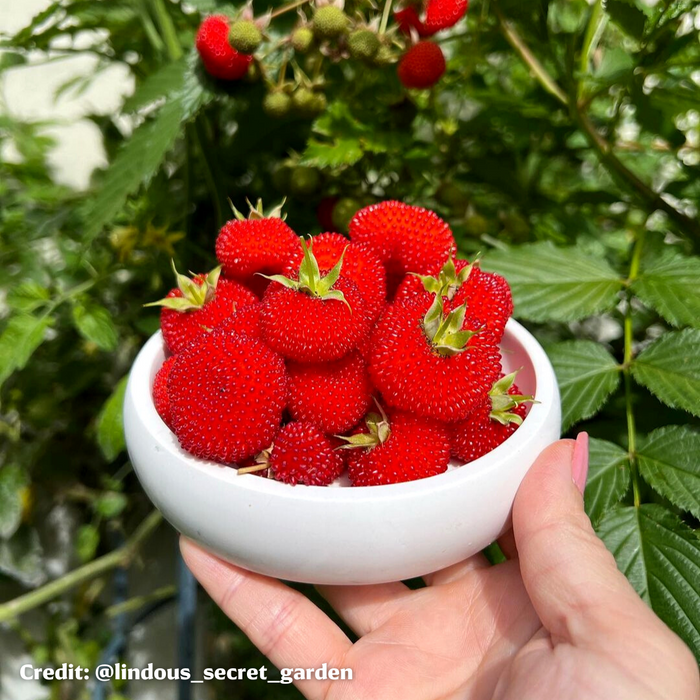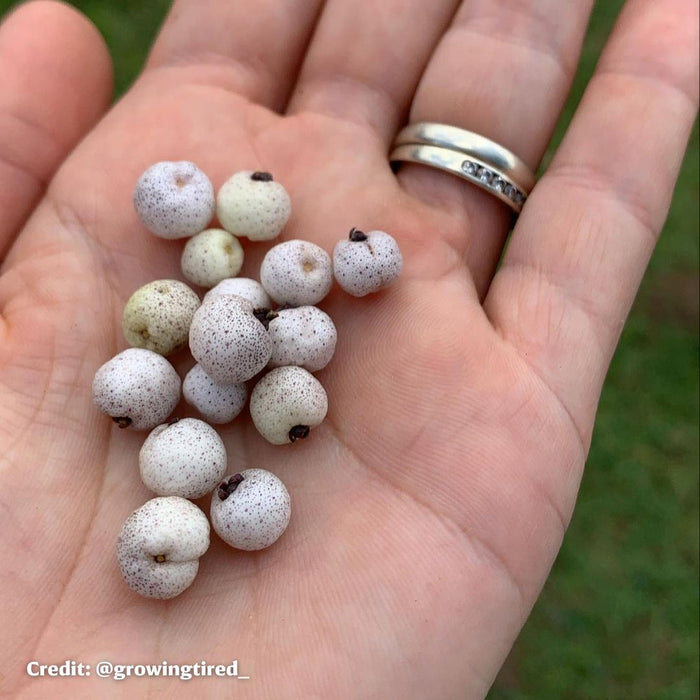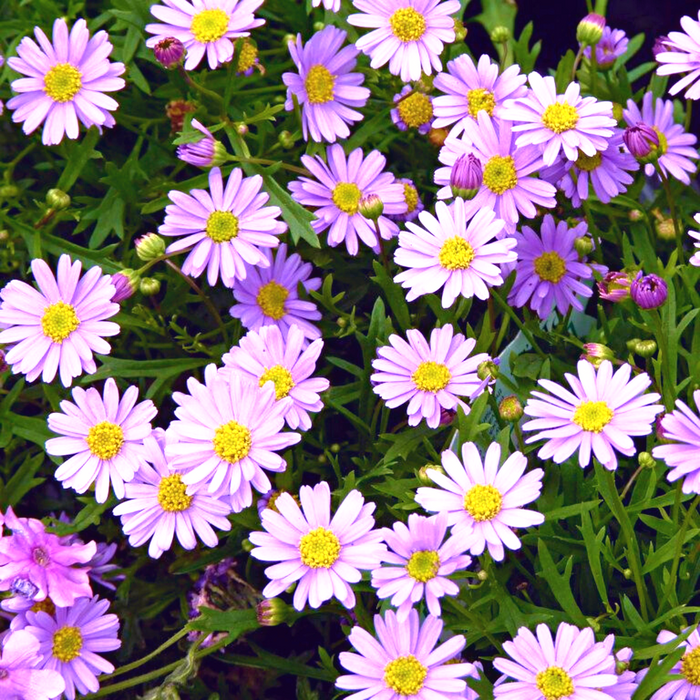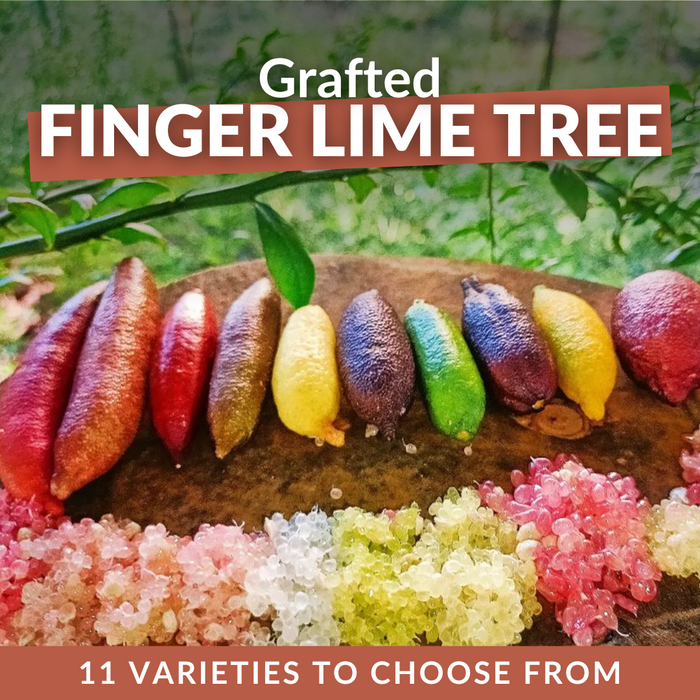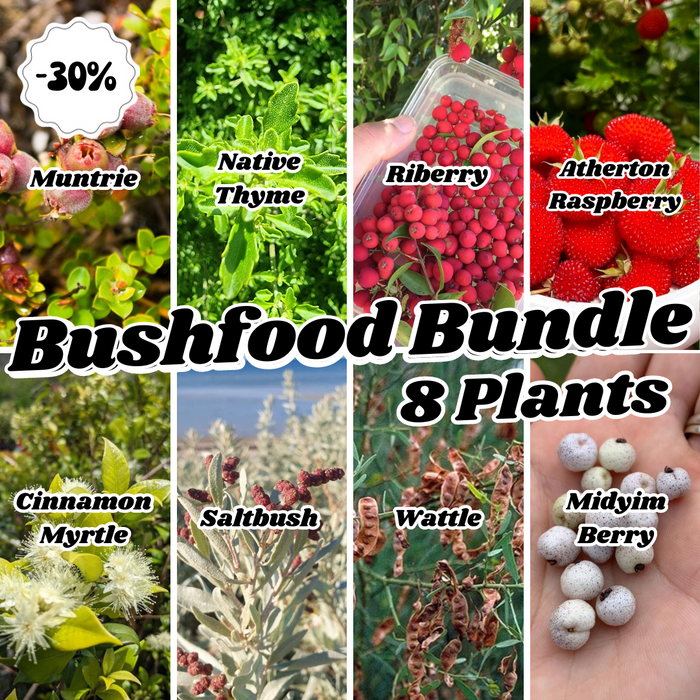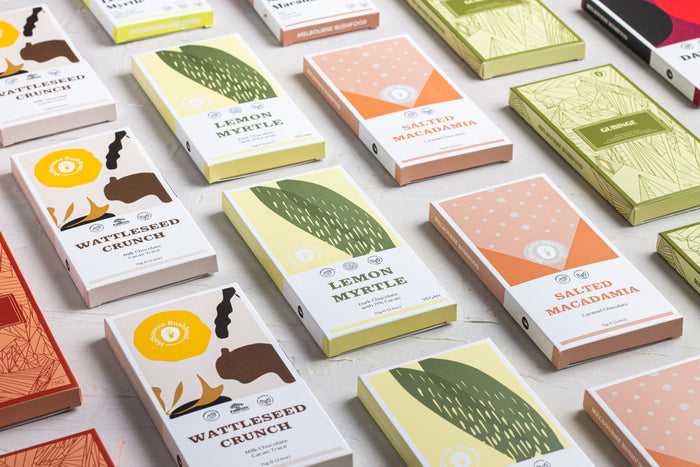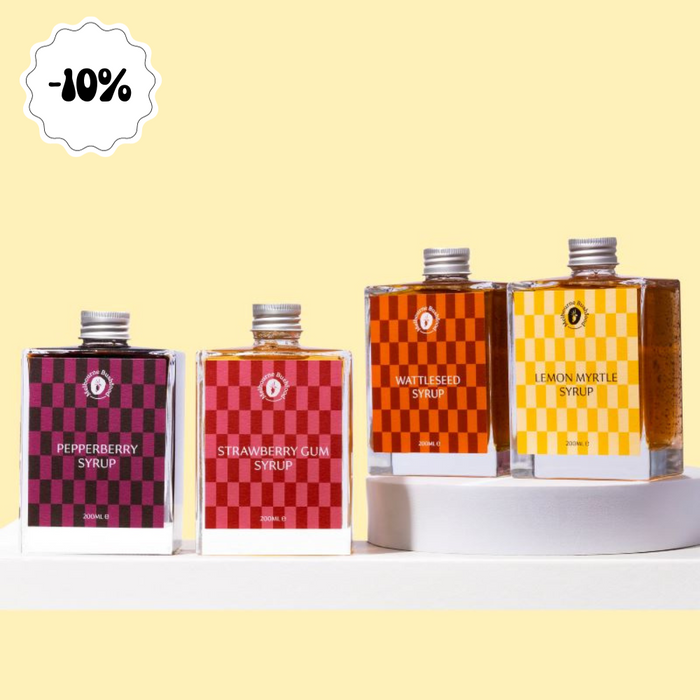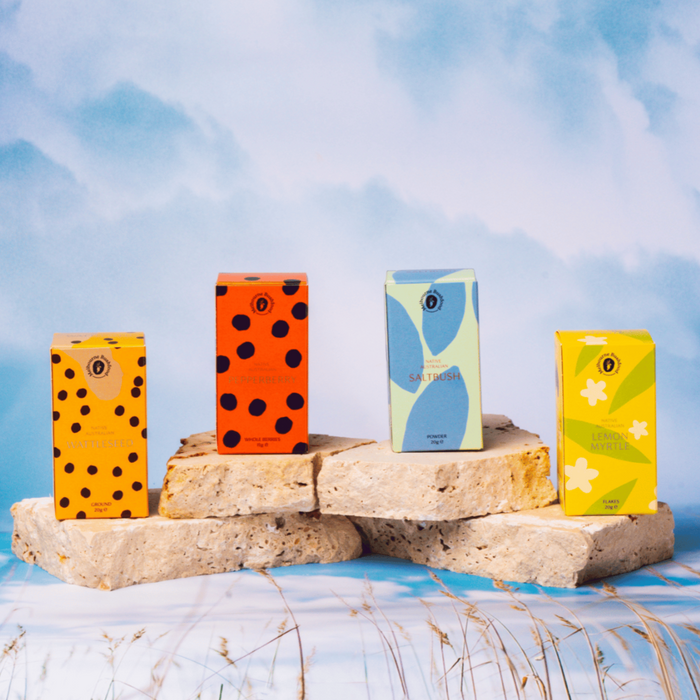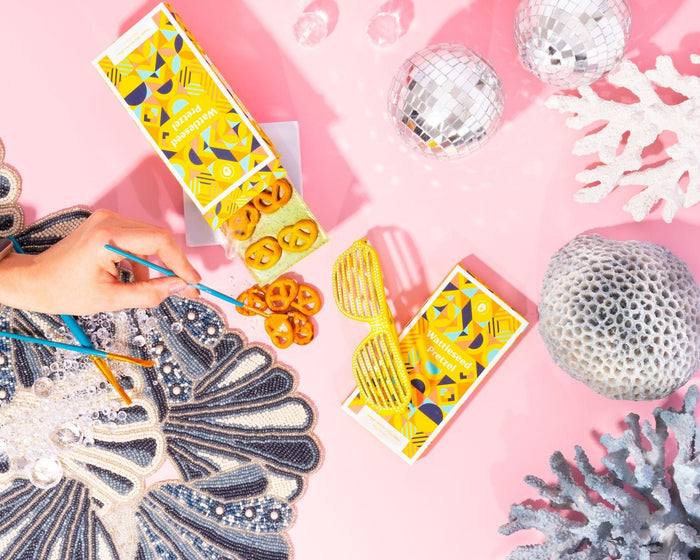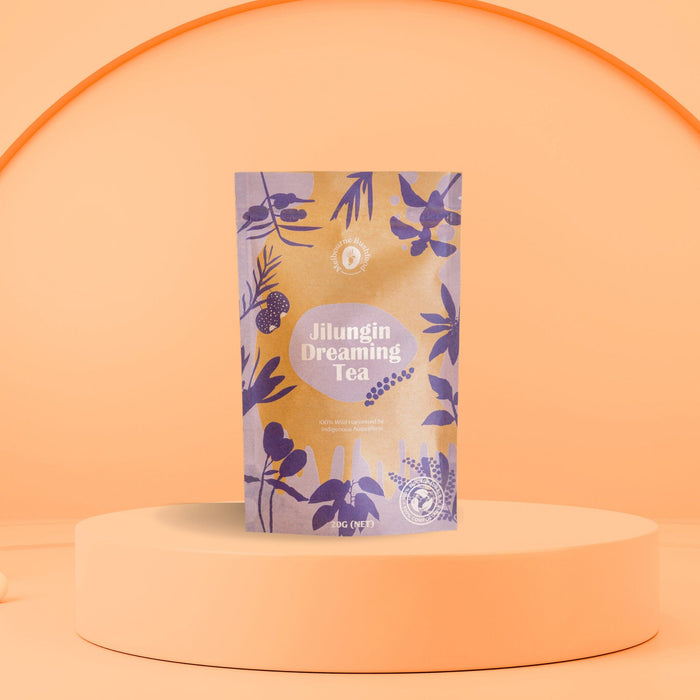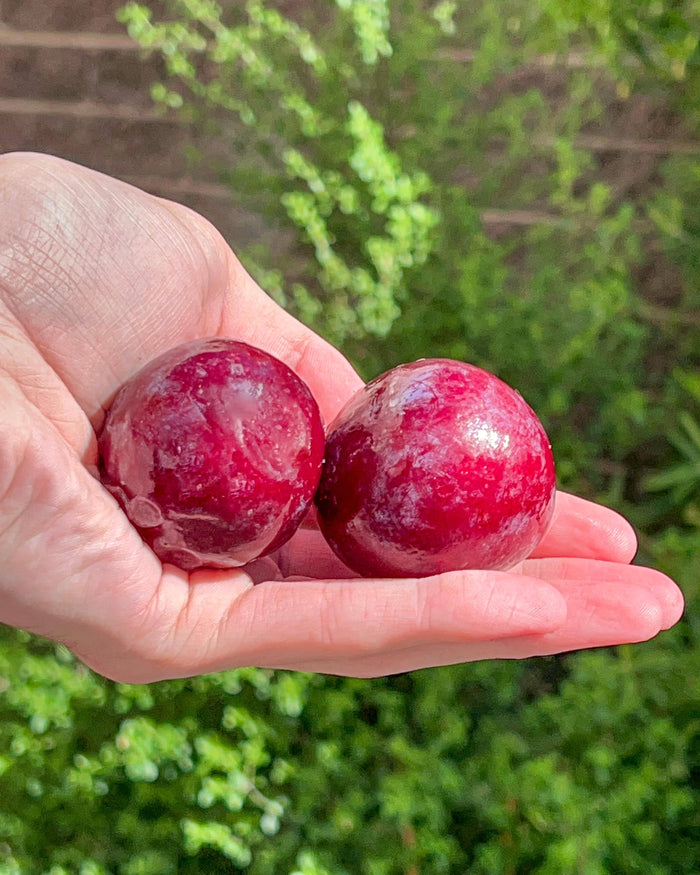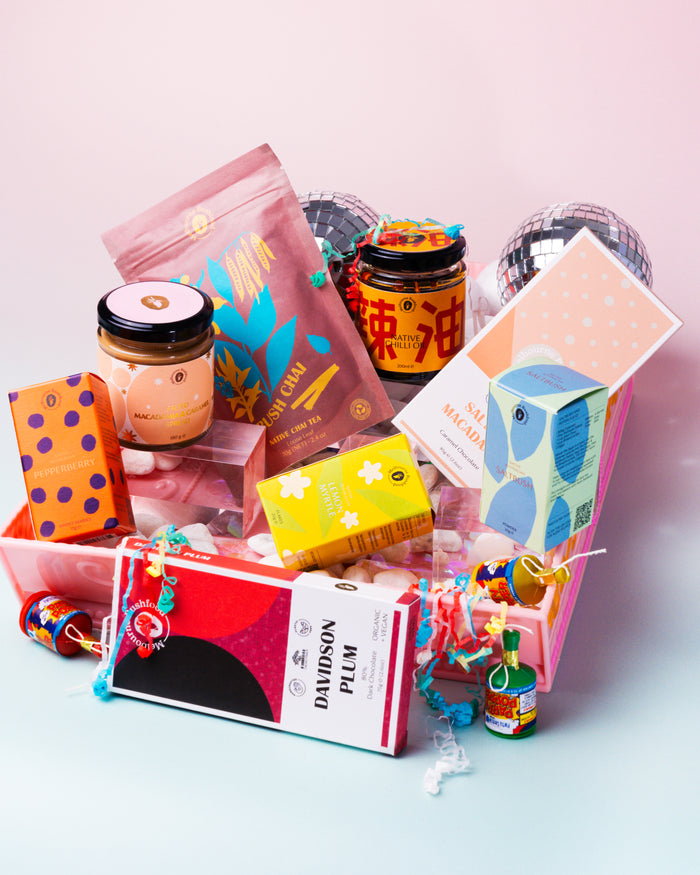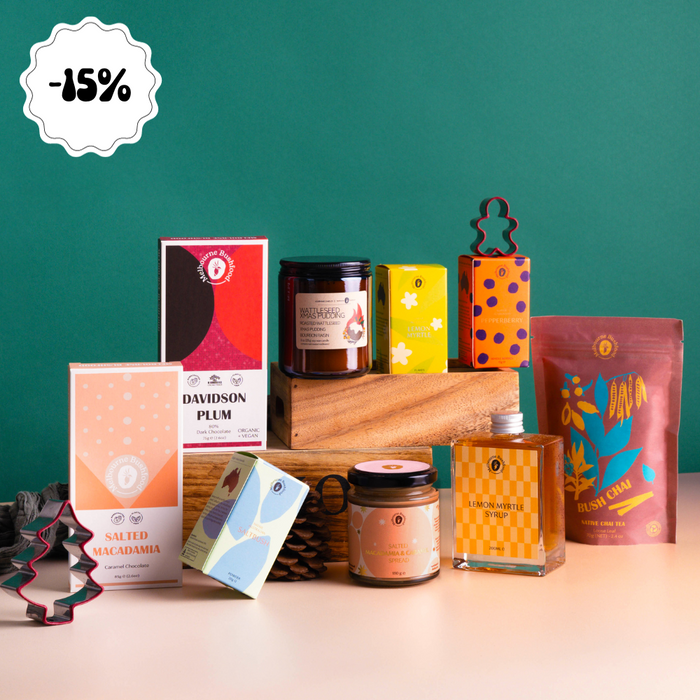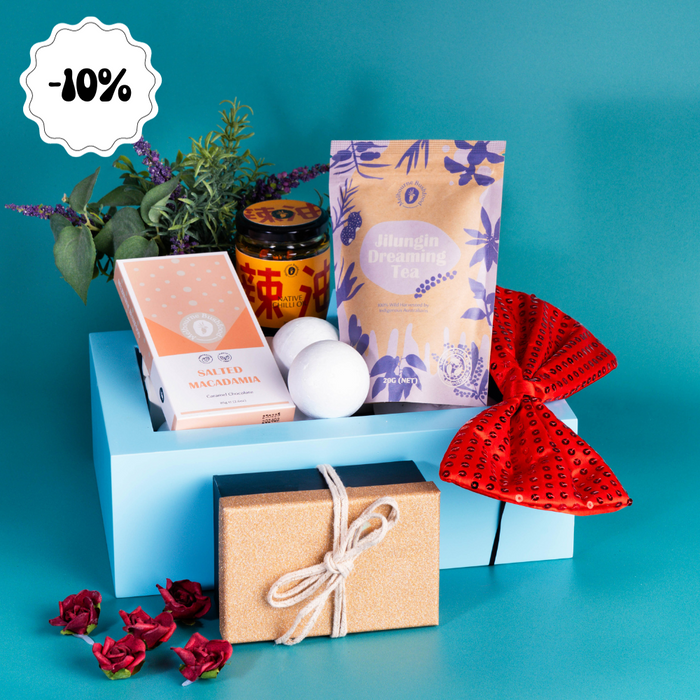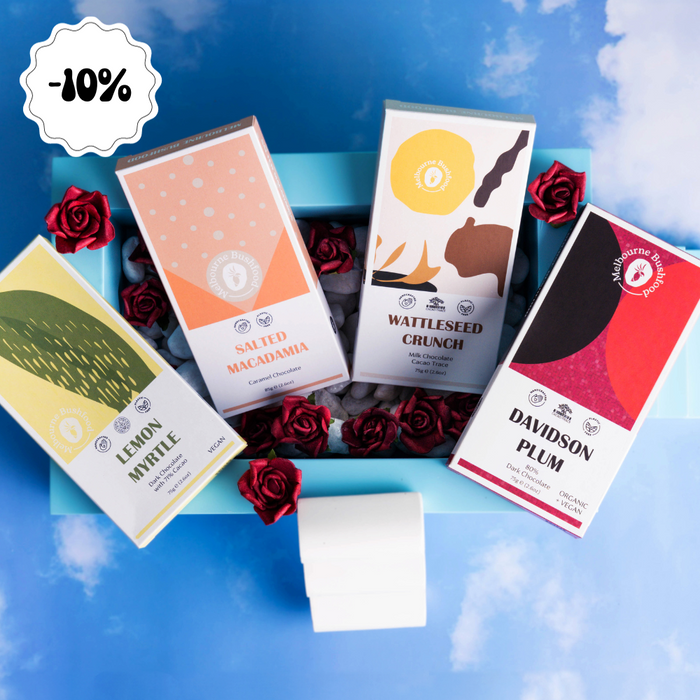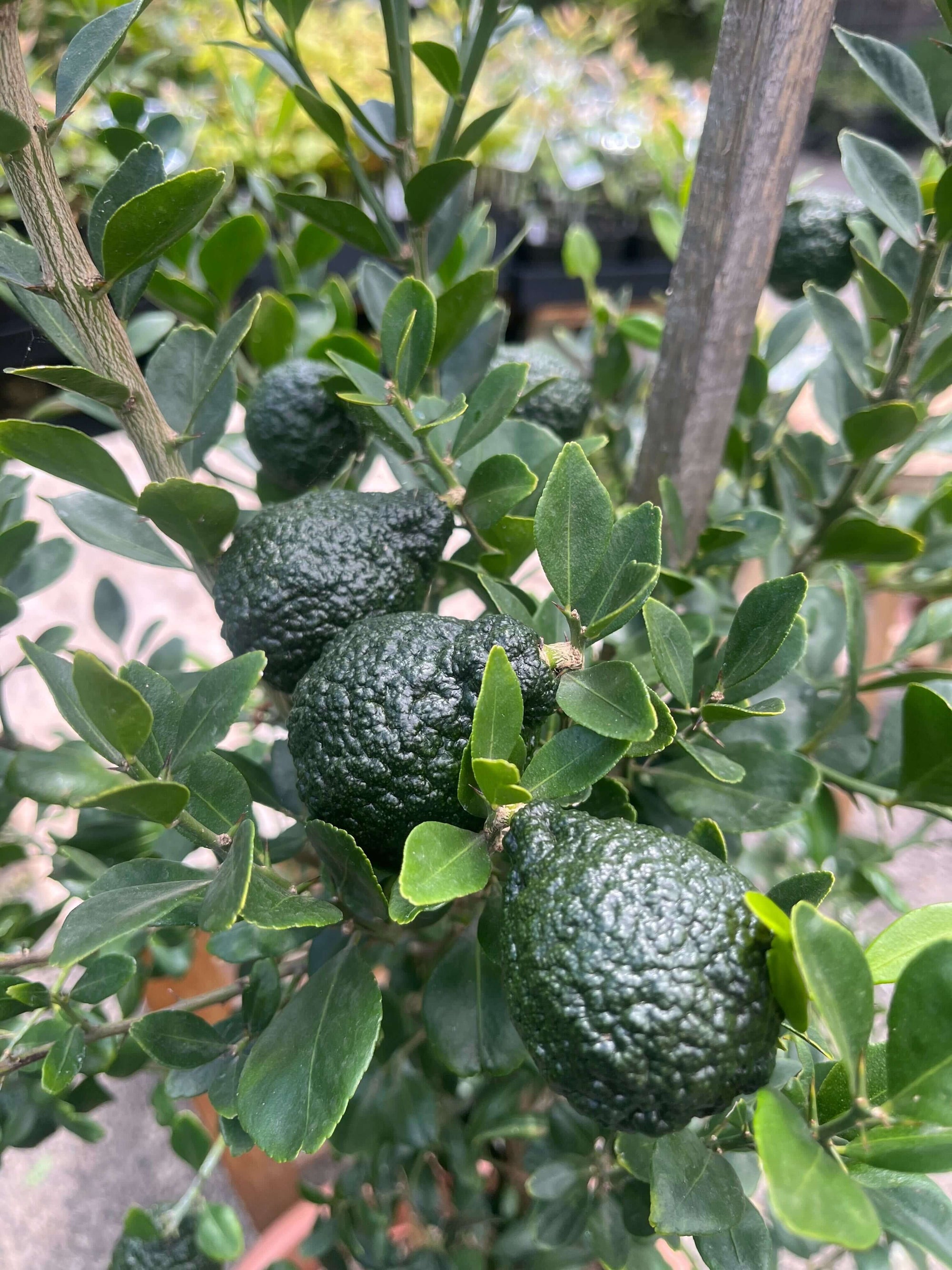

Native Australian Citrus - What are Australia's native citrus?
It's crazy that China gets all the credit when it comes to citrus fruit. It's true, Chinese citrus varieties have penetrated cultures around the world, and these fruit have shoved their way into Australia's own culinary identity. Think: the glass of orange juice in the morning, the squeeze of lemon juice on fish and chips and the leaf of a kaffir lime tree in curries. It's literally everywhere.
Australia too holds the other half of the citrus species found in the world. They range from the trendy finger lime, all the way to the Russel River Lime which is rare and hard to get your hands on. Most of the citrus we find in supermarkets today, are hybrids of two citrus species, creating sweet fruit, sour fruit, or just fruit with delicious skin (oranges for example are a mix of a mandarin and a pomelo).
For millions of years, citrus has grown wild across Australia from the central savannahs to the tropical rainforests. Their millions of years in evolution has made them particularly drought hardy, and have given them a unique set of abilities to not just survive but also to thrive in Aussie soils, even without the addition of fertilizers, herbicides, fungicides etc. The famous citrus gall wasp, native to a small part of northern NSW evolved alongside it's host the Finger Lime, which now plagues all citrus species and threatens orchards globally.
So, what native Australian citrus species are there?
The Key Species
Finger Lime - Citrus australasica

- Finger Limes are an incredible native Aussie citrus species. The evolutionary host of the invasive citrus gall wasp, it's reknown for it's incredible 'caviar' like pearls and incredible diversity of fruit and flavour. Ranging in colours from red, to yellow, to green, there naturally exists over 65 varieties of Finger Limes which taste as different as a lemon and a lime.
Originally eaten by Bundjalung and surrounding First Nations Peoples, during the clearing of the Eastern Rainforests for farming, the Finger Lime was pushed to it's limits. Later efforts by researchers, government and industry to protect and list this species identified key varieties that were later mass-propagated for their flavour, side, growing habits and low-seed amount. These include Rainforest Pearl, Pink Ice, Green Crystal and many many more.
As a home gardener, Finger Limes make a fantastic low-maintenance and pot-friendly native edible food. They crop heavily, and if you get a high-quality grafted plant you could expect fruit within the first 1-3 years.
Desert Lime - Citrus glauca

- Desert Limes are the second most popular citrus overshadowed by their popular cousin the Finger Lime. The round, limey fruit is one of our favourites. Unlike Finger Limes, the whole fruit can be eaten, and you don't have to waste time and energy trying to deseed and skin them.
Native to the arid inland, it's obviously one of the favourites native foods for many mobs across central Australia. It's remained relatively same from the sharp axes of colonists as it's range has typically formed only parts of sheep or cattle grazing regions.
In the wild, the trees grow 3-4 metres high, and produce a plentiful amount of fruit. They formed part of early European diets in the arid regions, and were used in making home preserves and as a replacement for most citrus plants.
Like it's cousin, Desert Limes grow exceptionally well in pots and fruit heavily. Unlike the Finger Lime though, they grow slower but are way easier to use and process.
Dooja - Citrus australis

- The lesser known of the three citrus species, the Dooja or Round Lime (or Gympie Lime) is a native citrus found from the southern QLD border northwards. In the wild, it grows as an exceptionally large tree (around 15-20m high). The round fruit has thick, green skin which like many citrus species, is rich in oils making it a great zesting citrus. The fruit is really nice and fragrant, it's acidic and aromatic. It's a more flavoursome alternative to lemon or lime juice in margaritas, or on fish.
We have struggled to find traditional or colonial uses relating to the Dooja, but it is delicious in preserves.
Some sources say it's slow growing, however, compared to the Desert Lime and Finger Lime, we've found the Dooja to be the quickest and easiest native citrus species to grow in a pot in Melbourne.
Cultivars:
- Like the orange, Australian native citrus have been cross-pollinated with non-native citrus species to create yummy and exciting new varieties. These include:
Sunrise Lime: A cross between a Finger Lime and calamondin (Mandarin and cumquat mix). It was created by the Australian Government's research wing, the CSIRO.
Blood Lime: Also known as the Red Centre Lime, it's a very limey and sour fruit. Makes a great kombucha though. It's a mixture between the native Australian Finger Lime and the Burmese Rangpur Lime (Which again is a mixture of two citrus species).
And there are more currently being developed or that have been developed!
Other Native Australian citrus species also include:
- Mount White Lime - a rare and endemic species native to the far north of Queensland
- Humpty Doo Lime (I love this name) - only first described in 1998
- Russel River Lime - a niche native Aussie lime, it's currently being crossed with Finger Limes to extend the finger limes' shelf life.
With so much variety, it's crazy to see in Coles and Woolies the enormous volume of citrus grown within Australia or imported from overseas. But with so many native species coming directly from our backyard, it's crazy to see that you can't easily access them, or if you can, they cost $200 per kg.

